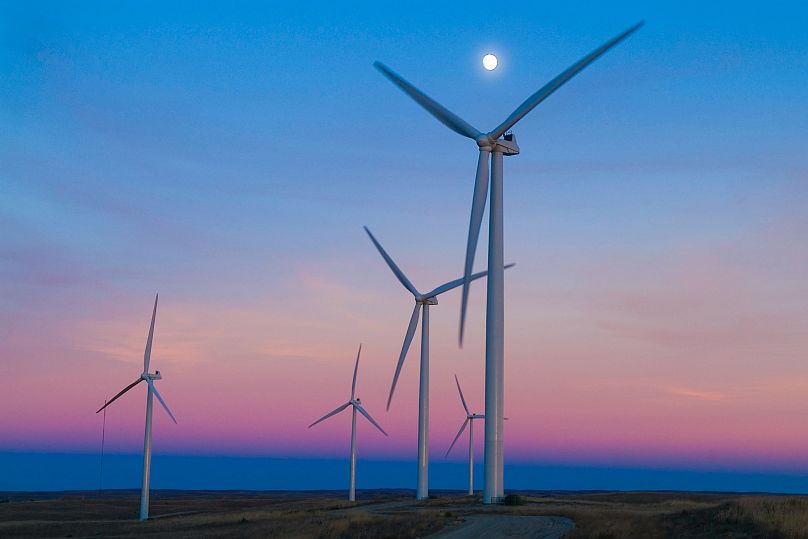50 wind turbines will be erected in Scotland, expected to save 300,000 tonnes of carbon dioxide emissions annually.
A 50-turbine wind farm in southern Scotland will be up and running by 2023, sustainable energy firm Vattenfall confirmed this week.
South Kyle Windfarm, near Dalmellington, is set to be the firm’s largest onshore wind farm in the United Kingdom. Once construction is complete, the turbines will be able to power approximately 170,000 UK homes, saving nearly 300,000 tonnes of carbon dioxide emissions annually. That’s the equivalent of 65,000 cars being taken off the road.
The deal agreed by Vattenfall and Greencoat UK Wind will cost £320 million. While this is a substantial amount, according to renewable UK, investments such as these pay off as “onshore wind offers the most cost-effective choice for new electricity in the UK, bar none - it is cheaper than gas, nuclear, coal and other renewables.”
The Scottish wind farm aims to boost the socio-economic climate in the region, providing £38 million in community investment to benefit surrounding areas over its lifetime.
“We are delighted that [] we can fulfill our commitments to the local community and contribute to major investment in the area,” says Frank Elsworth, Head of Market Development for UK Onshore. “Onshore wind in Scotland has the potential to make a significant contribution to reaching net zero and is the cheapest form of renewable energy generation that brings us closer to that goal.”
A timeline for construction is yet to be confirmed but the plan is for it to be operational by the beginning of 2023.
Whilst the erection of South Kyle wind farm is undoubtedly a step in the right direction, Dr Doug Parr, Chief Scientist for Greenpeace UK says the British government needs to do more.
“For many years the UK government blocked the cheapest source of electricity, onshore wind, keeping bills and carbon emissions higher than they needed to be,” Dr Parr tells Euronews Living.
“Hopefully this development shows that we have left that unhelpful ideology behind, and in the future energy policy will be based on evidence. And what the evidence shows is that we need to massively accelerate our transition to clean energy, with a doubling of onshore wind, a tripling of solar power, and a quadrupling of offshore wind over this decade.”
Is wind energy the future?
Farmers once used windmills to grind their grains and pump water - today, turbines generate electricity from wind. Over the past decade, wind turbine use has increased more than 25 per cent per year, but it still only provides a small fraction of the world's energy, according to National Geographic.
Wind farms used to be thought of as an eye-sore or an “ugly blemish on areas of natural beauty” but the clear advantages of the renewable energy source soon started to outweigh the aesthetics argument.
The industry is booming. As technology advances, the cost of building turbines is becoming cheaper and some governments, in the US for instance, have begun offering tax incentives to encourage continued development in the sector.
According to the Global Wind Energy Council, wind power avoided over 637 million tonnes of CO2 emissions globally in 2016. What’s more, 1,155,000 jobs were created by the global wind industry in the same year. 520,000 more people are expected to be employed by the wind industry in the EU by the end of 2020.












